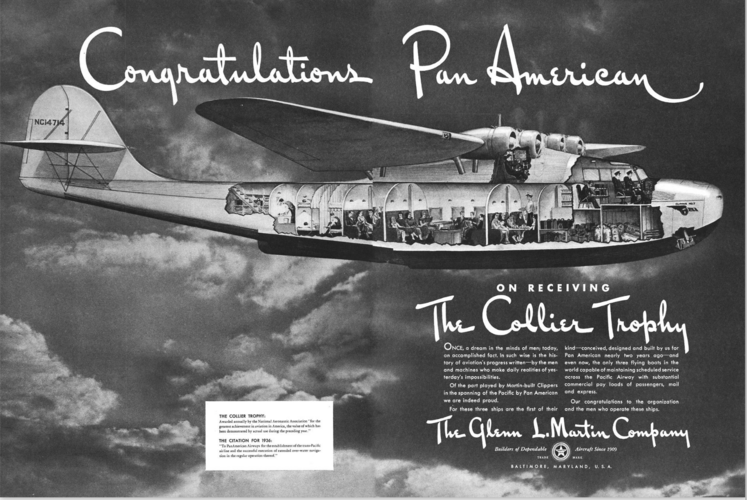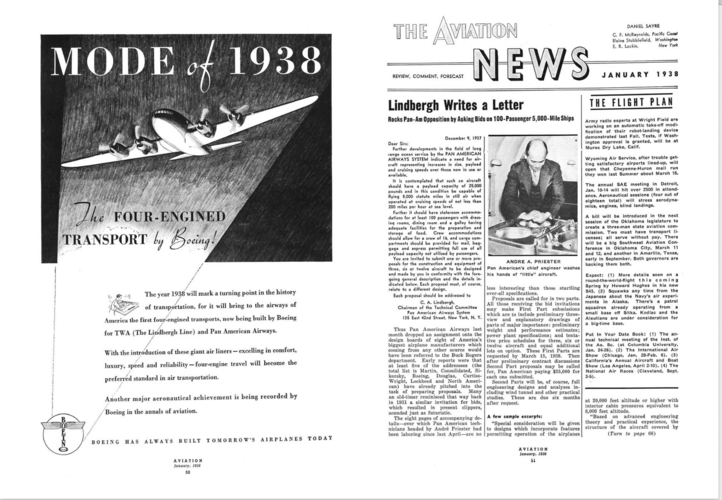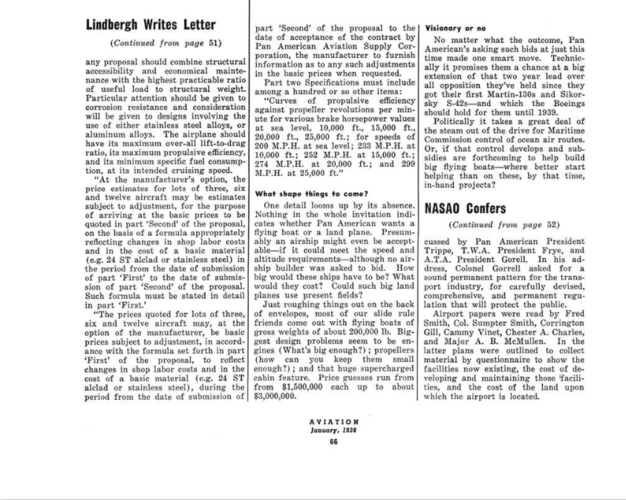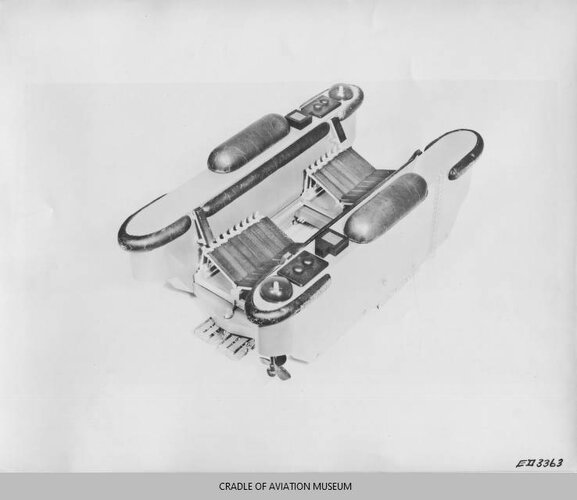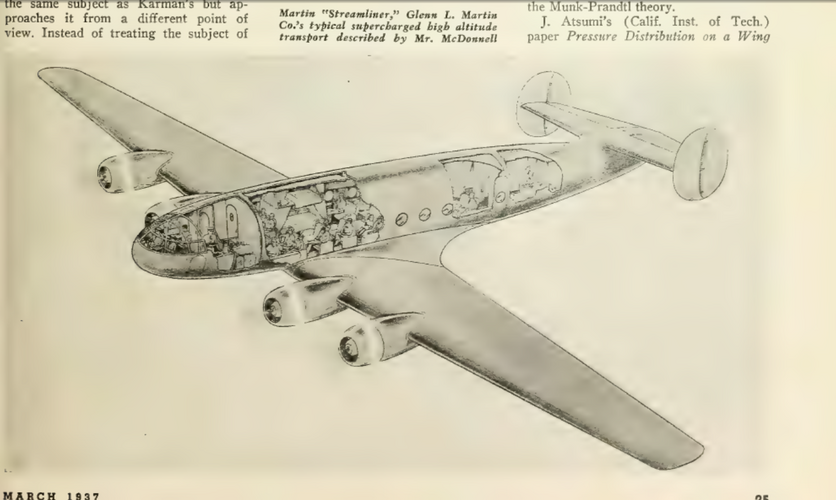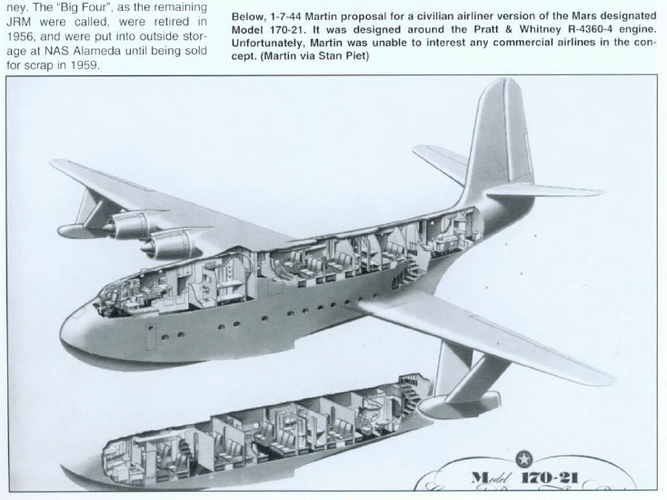- Joined
- 25 June 2009
- Messages
- 14,716
- Reaction score
- 6,033
No. Interpreting plan numbers as possible model numbers is a tricky exercise, which can only work when you have enough material at your disposal to establish a pattern, AND known model numbers that fit the scheme. If not, you can end up making mistakes, and you've made several here:From Martin Archive,
some drawings to the M-160 & M-159.
- Image #1 does not correspond to any of the other two.
- The catamaran project CAN'T be the Model 159, which was a 1937 observation scout seaplane (probably competing against the XOSN-1, as both designs were tested at the same time at Langley). The only catamaran design I found in the Martin list was Model 142, a proposal to U.S. Navy, but perhaps other, later flying boat projects were also considered as catamarans. Note that the only model indication on the plan is "Misc." (short for "miscellaneous"), probably indicating that the design was not given a proper designation or name, at least at the time it was drawn.
- What you believe to be Model 160 is in fact Model 193. The plan itself is quite clear about it! "Model: C-250,000", or commercial, 250,000 pounds". The weight, the canted rudders and the double-deck all prove that it's Model 193. As for Model 160, it was a four-engine long-range patrol bomber proposal (160A, 160B, the latter becoming the Model 170 Mars).
- Model 147: four-engine monoplane flying boat for the U.S. Navy
- Model 148: four-engine flying boat for Pan Am
- Model 150 Streamliner: 40-passenger, 22-ton commercial transport (and its flying boat version) with four 800 hp Pratt & Whitney engines
- Model 152: 63,000 lb. flying boat for Pan Am
- Model 153: 100,000 lb. transatlantic flying boat
- Model 154: 54,000 lb. flying boat for Pan Am
- Model 155: 55,000 lb. flying boat for Pan Am
- Model 157B: four-engine ocean transport competing with Boeing 314 and Sikorsky S-45
- Model 162Com: Twin-engine transatlantic commercial export based on the Mariner
- Model 170C: four-engine 165,000 lb. flying boat based on the Mars
- Model 193: 250,000 lb. double-deck cargo transport (a 40% enlargement of Model 170 Mars)

